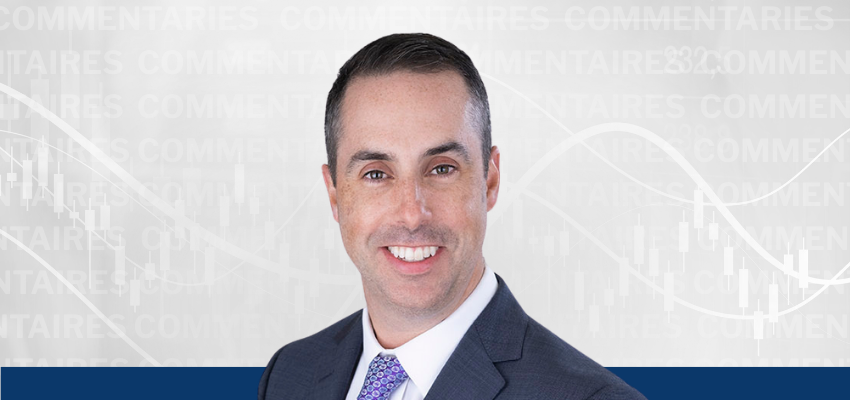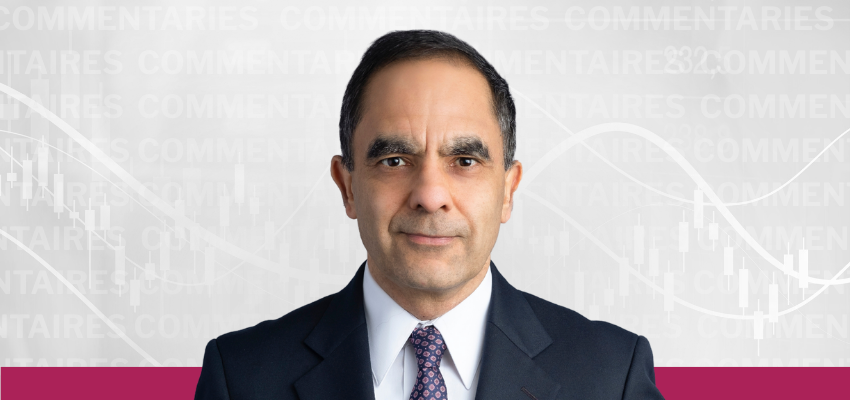Highlights
- With the global rate cut cycle now well underway we have been actively reducing our exposure to broadly syndicated loans.
- The Fund closed out a small, long position bond issued by a stressed US office REIT. It now has two positions in securities issued by office REITs, both of which are modest short positions.
- The Fund continues to patiently wait for the return of volatility and better valuations in credit markets.
The Pender Alternative Absolute Return Fund finished September with a return of 0.2% bringing year-to-date return to 4.8%[1]. The HFRI Credit Index (USD), returned 1.2% in August and 7.5% year-to-date. Risk markets continued to perform well in September, with the yield to worst for the ICE BofA US High Yield Index dropping below 7% for the first time since April 2022. Despite the lower long-term rates, spreads continue to hold at historically very expensive levels with spreads ending the month at 303bp Govt OAS, just 2bp away from the lowest level since the Global Financial Crisis.
Portfolio and Market Update
Consistent with the last few months, the Fund’s activity in September was focused on adding value through new issues and finding bonds to buy for our Current Income strategy. We were highly selective about the issues in which we participated as many investors were willing to buy into large capital raises which did not offer any new issue concessions. The riskiest parts of credit markets performed the best in September, with the CCC segment of the high yield market having its best month of the year, likely driven by a euphoric response to the 50bp jumbo rate cut from the Federal Reserve on September 18. As the basis between low and high quality compresses, we will look to own higher quality issues and sell lower quality that could be vulnerable to a negative re-rating by the market.
The rally in government bonds since April has provided a lot of the fuel for the recent rally in credit markets, but there appeared to be a shift in mid-September which could argue that the bottom in medium to long term yields might have been put in. The potential for a cycle of escalating violence in the Middle East is a growing risk for inflation and global economies as oil prices could be impacted. Oil has historically had an outsized impact on consumer sentiment and inflation expectations.
There are indications that the economic cycle might be turning. One sector that could be a harbinger of an exhausted consumer is autos. There has been a raft of profit warnings and reduced guidance announcements from OEMs in this sector. Another example is Terex Corporation (NYSE: TEX), a global industrial equipment manufacturer, which updated their 2024 outlook downward on September 19, less than two months since they had last reported earnings on July 30. Intra-quarter negative guidance revisions are not a common occurrence and usually happen in a particularly poor part of an economic cycle. We cannot say if this is signal or noise, but think that the market is generally underpricing the potential for economic weakness going forward.
“A combination of lower policy rates and wider spreads seems likely to us in the coming quarters which argues for lower loan prices at some point.”
With the global rate cut cycle now well underway, we have been actively reducing our exposure to broadly syndicated loans. With multiple waves of repricings in 2024, spreads are materially lower than they were a year ago. An example of a loan we exited in September was Four Seasons Hotels, which had begun 2024 with a spread of 260bp above the Secured Overnight Financing Rate (SOFR) which replaced LIBOR as a benchmark for floating rate credit last year. Despite some weakness in the loan market in September, the loan repriced with a lower spread for the second time this year, now down to only 175bp above SOFR, which we believe is the effective floor of the broadly syndicated loan market. In addition to falling credit spreads due to repricings, base rates are now falling as well, causing the risk to be even more negatively convex than it usually is for these instruments. A combination of lower policy rates and wider spreads seems likely to us in the coming quarters, which argues for lower loan prices at some point.
Much like CCC rated bonds, Canadian REITs have also caught a bid that seems to be driven by enthusiasm for looser monetary policy rather than fundamentals. We think there is still a very tough road ahead for offices and it is not at all clear to us where market-clearing cap rates will land. Most of the best office assets in Canada are owned by pensions, which are generally sellers of the asset class. We think that Alex Avery at Primaris REIT is one of the sharpest Canadian REIT CEOs. Primaris recently bought an enclosed mall in Quebec City. In early October, the company issued units in the REIT to fund the equity portion of the acquisition. Canada Pension Plan Investment Board (CPPIB) sold some of their holdings alongside the company. We believe the takeaway from these transactions is that some of the best capital allocators in Canada believe that public market values for real estate are higher than private. We closed out a small, long position bond issued by a stressed US office REIT in September. The Fund now has two positions in securities issued by office REITs, both of which are modest short positions. One of these securities is a fixed income issue from a REIT where there has been notable insider selling of the company’s equity in recent months despite the stock sitting near an all-time low. While this should be an alarming development for creditors, fear is in very short supply in this market..
The Fund continues to patiently wait for the return of volatility and better valuations in credit markets.
Portfolio metrics:
The Fund finished September with long positions of 156.5%; 44.6% of these positions are in our Current Income strategy, 95.3% in Relative Value, and 3.9% in Event Driven positions. The Fund had a 56.5% short exposure that included 5% in government bonds, 35.7% in credit and 15.8% in equities. The Option Adjusted Duration was 0.58 years.
Excluding positions that trade at spreads of more than 500bp and positions that trade to call or maturity dates that are 2026 and earlier, Option Adjusted Duration declined to 0.37 years.
The Fund’s current yield was 4.57% while yield to maturity was 5.82%.
Justin Jacobsen, CFA
October 21, 2024
[1] All Pender performance data points are for Class F of the Fund unless otherwise stated. Other classes are available. Fees and performance may differ in those other classes. Standard Performance Information for the Fund may be found here: https://penderfund.com/solutions/




